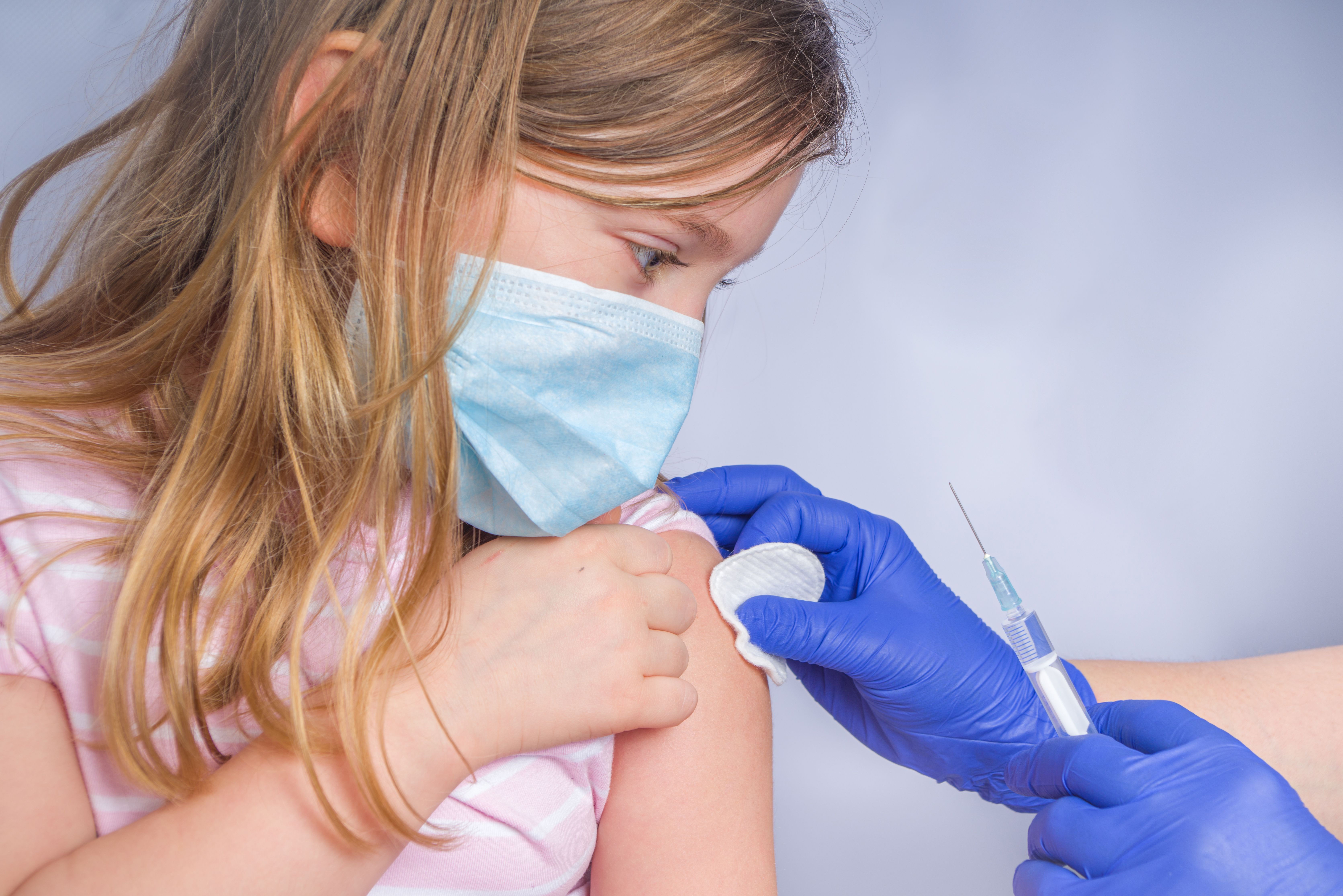News
Article
Study: 3 Doses of PCV13 Prevents Vaccine-Type Invasive Pneumococcal Disease in Children
Author(s):
The vaccine protected against serotypes 19A and 19F, but statistical significance was not reached for serotype 3.
Investigators have found that at least 3 doses of the pneumococcal conjugate vaccine 13 (PCV13, Prevnar 13; Pfizer) demonstrated continued effectiveness at preventing vaccine-type invasive pneumococcal disease (IPD) in children aged younger than 5, according to a review published in Vaccine. The vaccine protected against serotypes 19A and 19F, but statistical significance was not reached for serotype 3.1
Image credit: ricka_kinamoto | stock.adobe.com

According to the CDC, asymptomatic carriage rates vary between approximately 20% to 60% for school-aged children and 5% to 10% for adults. Further, in children aged 2 years or younger, pneumococcal pneumonia accounts for 25% to 30% of invasive disease while pneumococcal bacteremia accounts for approximately 40%. For children, pneumococci are also a common cause of acute otitis media and Streptococcus pneumoniae is the leading case of bacterial meningitis for children aged younger than 5.2
Additionally, the CDC said that since the introduction of PCV7, invasive disease caused by serotypes declined by 99% in children. Since PCV13, invasive disease declined by 90% in children.2
Investigators of the study aimed to assess the effectiveness of PCV13 against serotype invasive disease using Active Bacterial Core surveillance from June 1, 2014, through December 31, 2019. They estimated the vaccine effectiveness by comparing vaccination status of individuals with vaccine-type IPD with IPD caused by non-PCV13 serotypes. Children included were aged 2 to 59 months on the date of pneumococcal culture and vaccination history was verified for inclusion.
The primary outcome was serotype-caused invasive disease, including 4, 6B, 9V, 14, 18C, 19F, 23F, 1, 3, 5, 6A, 7F, 19A, and 6C. The secondary analysis included serotype-specific vaccine effectiveness for the most common vaccine-type serotypes.
Investigators included 1161 children aged 2 to 59 months with IPD, with 524 children enrolled from a previous case control study during the early implementation of PCV13. There were 61 children excluded because their vaccination history could not be verified. In total, there were 233 cases caused by PCV13 serotypes and 938 cases caused by non-vaccine serotypes, according to the study authors.
Investigators found that 19A, 3, and 19F caused 90.1% of vaccine-type IPD, and the most common was 19A at 43%. Serotype 19F was responsible for 3.8% during the early implementation period, and 34.4% of cases were during the late PCV13 implementation period. For non-vaccine serotypes, 22F and 33F were the most common.
In 176 of the vaccine-type cases, individuals received at least 1 or more doses of PCV13, regardless of prior PCV7 vaccination, and 885 of non-vaccine cases had received at least 1 dose. Among 808 individuals included in the primary analysis, 108 vaccine-type cases and 600 non-vaccine cases received 3 or more doses of PCV13, according to the study authors.
Investigators found that point estimates of PCV13 for 3 or more doses were higher in the late implementation period at 90.5% compared to the early implementation at 86.5% but reported that the confidence intervals overlapped. For children who were immunocompromised, PCV13 was effective in 88% of individuals.
Furthermore, 3 doses of PCV13 were highly effective for serotype 19A at 86.8%, serotype 7F at 94.5%, and serotype 19F at 93.8%. Investigators also reported that vaccine effectiveness was lower against serotype 3 and was not statistically significant.
References
- Andrejko KL, Gierke R, Rowlands JV, et al. Effectiveness of 13-valent pneumococcal conjugate vaccine for prevention of invasive pneumococcal disease among children in the United States between 2010 and 2019: An indirect cohort study. Vaccine. 2024. doi:10.1016/j.vaccine.2024.04.061
- Gierke R, Wodi AP, Kobayashi M. Chapter 17: Pneumococcal Disease. Hall E, Wodi AP, Hamborsky J, Morelli V, Schillie S. Epidemiology and Prevention of Vaccine-Preventable Diseases. Vol 14. Centers for Disease Control and Prevention. 2021:255-274. Accessed May 7, 2024. https://www.cdc.gov/vaccines/pubs/pinkbook/downloads/pneumo.pdf





